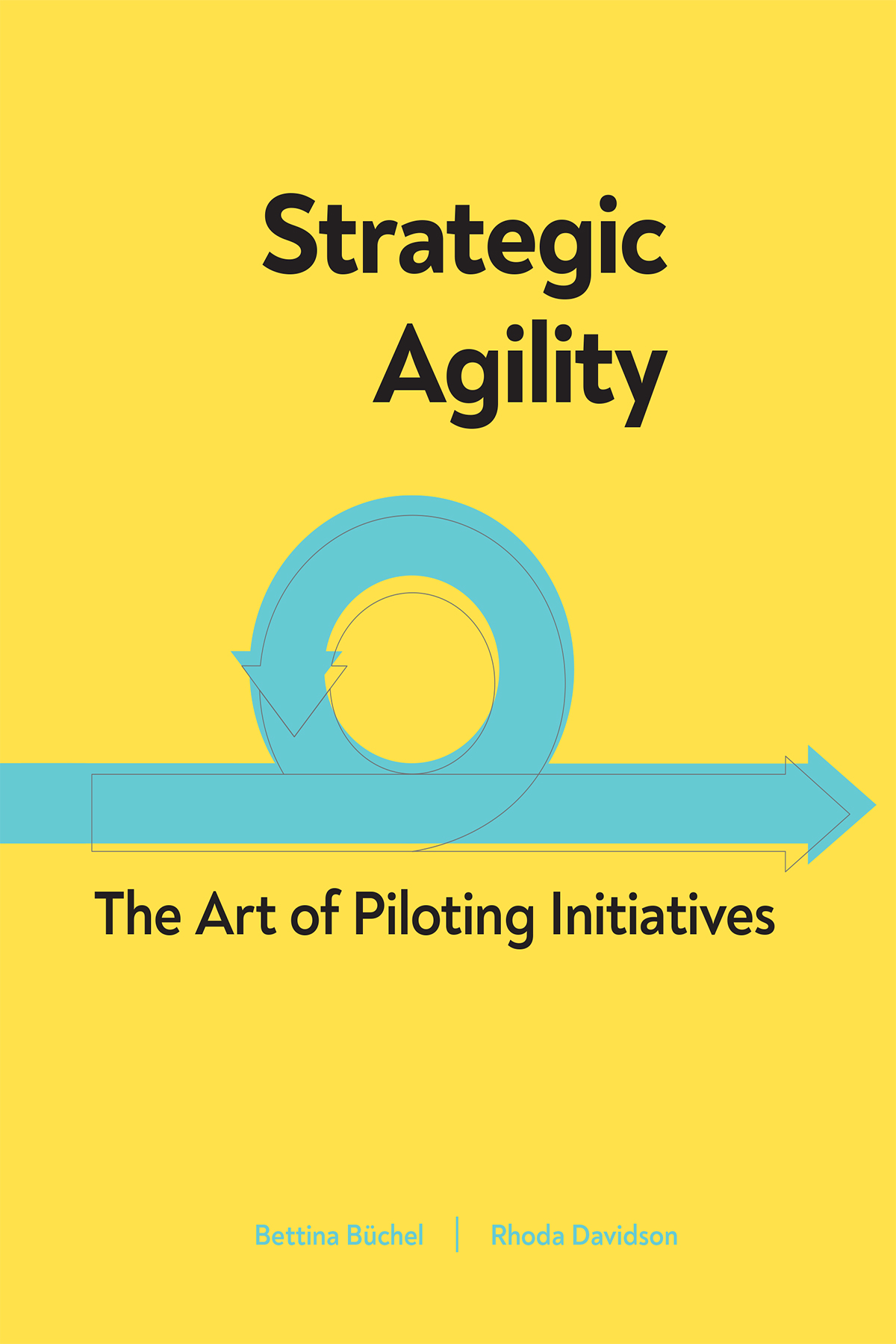In today’s increasingly volatile and uncertain environment, strategy execution is all about the speed of learning and making the right resource allocation decisions across a portfolio of business efficiency and growth initiatives.
To learn quickly, piloting these initiatives is critical before scaling as early and quick learning enables successful execution.
Pilot selection is one of the early decisions to be made and should not be underestimated.
|
Piloting de-risks strategy implementation.
|
|
Learning from pilots and then making decisions about resource allocation is key to gaining strategic agility.
|
|
Don’t underestimate the early decisions of making choices about where to pilot. This is key in enabling successful strategy execution.
|
Research Information & Knowledge Hub for additional information on IMD publications
Research Information & Knowledge Hub for additional information on IMD publications
Research Information & Knowledge Hub for additional information on IMD publications
Research Information & Knowledge Hub for additional information on IMD publications
Research Information & Knowledge Hub for additional information on IMD publications
Research Information & Knowledge Hub for additional information on IMD publications
Research Information & Knowledge Hub for additional information on IMD publications
Research Information & Knowledge Hub for additional information on IMD publications



![Emotional intelligence may be the key to an agile organization [Video]](https://www.imd.org/ibyimd/wp-content/uploads/2022/09/IByIMD-BookClub-8September-RELIVE-TopImage-ArticlePage-1220x680-1-720x630.jpg)



